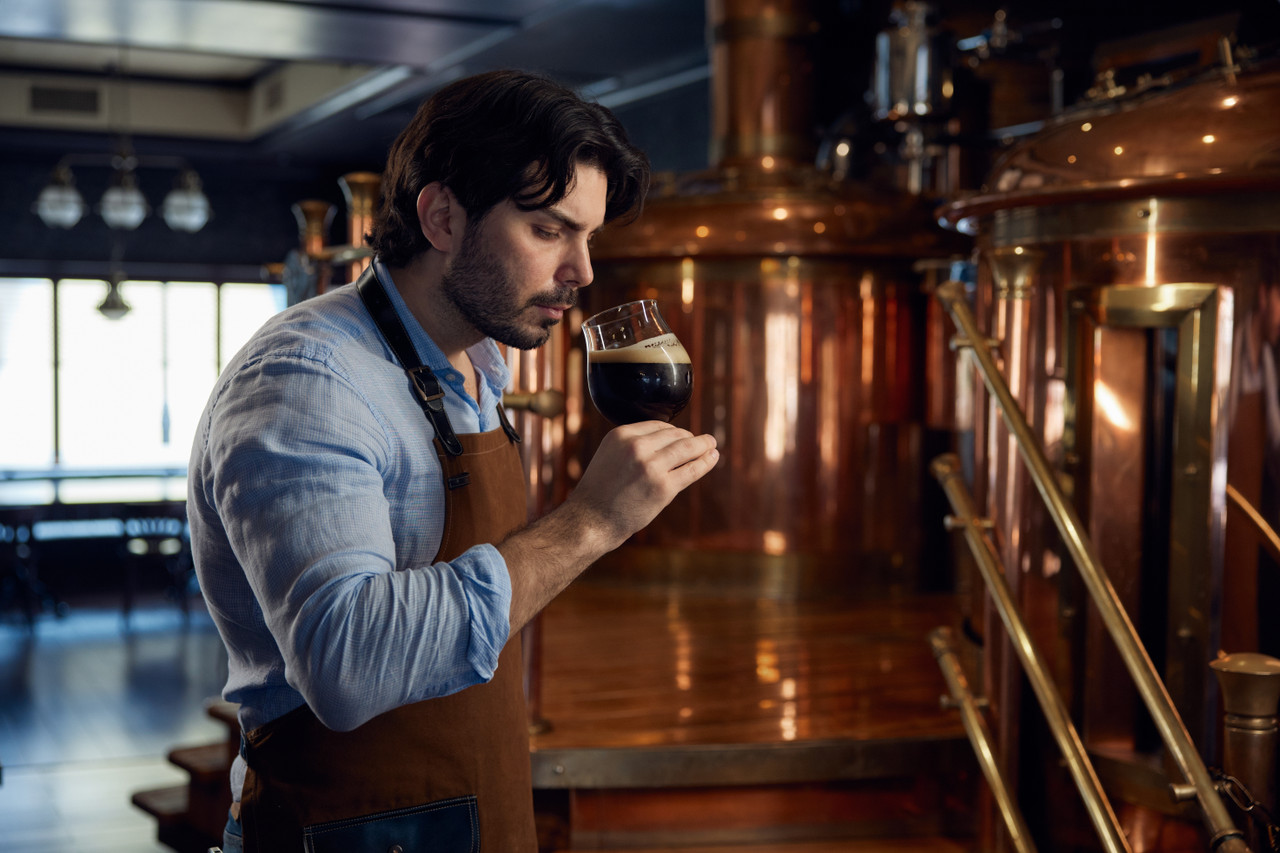News & Events
Feast Without Fear: How to Keep Your Holiday Meals Safe
Christmas is coming, bringing with it good times, family and friendly gatherings... and lots of lunches and dinners.
But even though we use this time of year to disconnect, bacteria don't give us a break, which is why we must be careful to avoid food poisoning that could ruin our Christmas.
At Alpha Biosciences, we want to help you, so here are some tips that we hope will be useful.
Which typical Christmas foods are more susceptible to contamination?
Poultry products, especially raw or underco
…
Dec 17th 2025
Risks and Control of Wild Yeasts in Modern Brewing
In most breweries, wild yeasts are more of a nightmare than a useful resource. Except in specific cases, such as lambic beers, where they are allowed to work freely, their presence usually causes problems: unexpected flavors, uncontrolled carbonation, and beers that change completely just when they should be ready to drink. They are unwelcome visitors that sneak in at the slightest oversight and can ruin weeks of work. That's why understanding how they arrive, what they do, and how to recognize
…
Nov 25th 2025
Avoid Surprises in Your Beer: How to Prevent and Control Contamination by Lactic Acid Bacteria
Not all the action in your beer happens while the yeast is doing its job: some bacteria manage to survive and, if they succeed, they can change the flavor that the brewers worked so hard to achieve. Although beer is usually quite stable thanks to alcohol, bitter compounds in hops, and low levels of oxygen and nutrients, not all microorganisms give up. Some manage to grow and cause cloudiness, alter acidity, or even generate unwanted substances. Among these unexpected visitors, lactic acid bacter
…
Oct 29th 2025
The Invisible Threats Lurking in Your Beer
Did you know that your favorite beer can spoil without you even noticing? Even if it looks golden and perfectly foamy, changes can occur inside each pint that transform its flavor and aroma, ruining the drinking experience. A simple mistake in the brewing process or a small oversight in packaging can cause the final product to lose its freshness, develop strange odors, or acquire unwanted flavors. For the beer industry, these invisible enemies pose a constant challenge, capable of turning weeks
…
Sep 29th 2025
Keeping Your Production Sterile: MFT Solutions for Every Lab
Maintaining sterility in pharmaceutical manufacturing is never simple. While heat-based methods such as steam or dry sterilization are effective, they are not suitable for every product, as certain formulations could degrade or lose their therapeutic value.
To address this, the industry relies on Media Fill Tests (MFTs). By replacing the product with a sterile nutrient medium, this simulation recreates the aseptic process under real conditions, providing solid evidence that the production line c
…
Aug 28th 2025
Is There Still Room for Innovation in Enrichment Broths?
In this edition of our Blog, we would like to focus on a key but often under-recognized aspect of microbiological control in the food industry: enrichment broths. Although traditionally associated with classical microbiology, their use is still essential even in many of the most modern alternative techniques, since pre-enrichment is a critical phase to ensure the recovery and detection of pathogens.
It is well established that the enrichment step is especially critical in food safety, even more
…
Aug 7th 2025
This Summer Beware of an Old Enemy of Microbiology
With the arrival of summer and the increase of tourism on our coasts, it is important to remember an old enemy in the field of microbiological safety:
Vibrio spp.
These gram-negative, halophilic and facultatively anaerobic bacteria are naturally present in salty and brackish coastal waters.
The genus Vibrio includes at least 12 species pathogenic to humans, eight of which are associated with foodborne infections. These include V. alginolyticus, V. parahaemolyticus, Vibrio
…
Jun 27th 2025
STEC: The Pathogen You Can't Afford to Miss
Although the U.S. food supply is generally considered safe, tens of millions of Americans get sick from foodborne illness every year, and some die, according to estimates from the Department of Health and Human Services’ (HHS) Centers for Disease Control and Prevention (CDC). One bacterium that is part of this group of foodborne pathogens, and perhaps the best known by the public, is E. coli, in its serotype O157:H7 also known as STEC (Shiga toxin-producing E. coli)
What is STEC and
…
May 29th 2025
Our New Weapon to Stop Salmonella Outbreaks
Imagine a single contaminated batch of processed chicken generating hundreds of cases of salmonellosis across the country. This is not an isolated story: it happens every year in the U.S. and costs the food industry millions of dollars. Behind these outbreaks, Salmonella is the repeated name. Detecting it quickly, accurately, and inexpensively is more than an advantage: it is a necessity.
What should we know about Salmonella?
If we talk about food contamination, it is impossible to o
…
Apr 23rd 2025
Less Time, More Safety: The Chromogenic Revolution in the Control of Listeria Monocytogenes
When evaluating foodborne pathogens, focusing solely on disease incidence risks overlooking one of the most dangerous: Listeria monocytogenes. Despite affecting only about 1,600 people a year in the U.S., more than 94% require hospitalization. Even with proper treatment, its high mortality rate (20%-30%) makes Listeria monocytogenes the deadliest foodborne pathogen.
Given it's severity, Listeria spp is a major cause of food safety concern, often resulting in batch reca
…
Mar 27th 2025











